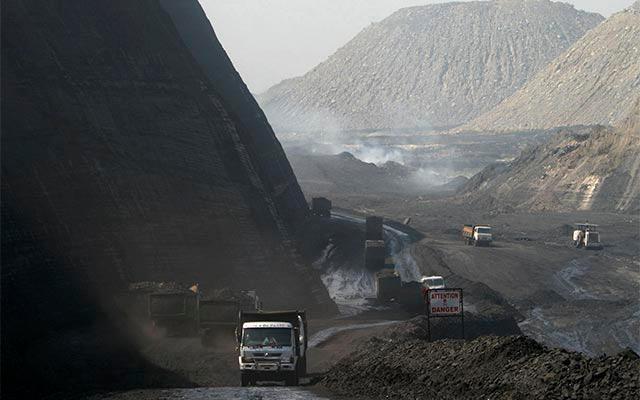In an attempt to attract participation in mining auctions to be conducted by various states, the National Democratic Alliance (NDA) government last week notified rules that will allow transfer of such leases, in the event of ownership changing hands.
In addition, these rules—known as the Mineral Concession Rules, 2016—will also allow clubbing of multiple leases together for implementing efficient and cost-effective mining practices.
While the Mines and Minerals (Development and Regulation) Amendment Act, 2015 (MMDR) was notified last year, the Mineral Concession Rules that would have allowed states to award mining lease through auctions were pending.
“The holder of a mining lease which has been granted only through auction may transfer his lease to any person eligible to hold a mining lease or prospecting licence-cum-mining lease in accordance with the MMDR Act,” a gazette notification issued by the government on Friday night said.
The government’s move is an attempt to avoid future high-value deals such as Aditya Birla Group’s Ultratech Cement Ltd acquisition of Jaiprakash Associates Ltd hitting a spanner as such transfers were previously not allowed. It also comes in the backdrop of a rout in the resource space with depressed mineral prices. A total of 34 leases for minerals such as limestone, iron ore and bauxite spread across various states are to be auctioned by 31 March.
“The non-mineral areas will also now be included in the mining areas by registering supplementary lease deeds,” Balvinder Kumar, secretary at India’s ministry of mines told vccircle.com.
This will allow small mines (of less than 50 ha.) which have remained closed as they are geographically located in the non-mineral areas to be explored.
Experts welcomed the move.
“The new rules pave the way for transfer of mineral licenses acquired through auctions, which is progressive and allows for monetisation of asset by the acquirer at appropriate time of life cycle of a mine and also removes a hurdle in mergers or consolidation of companies holding mineral assets,” said Dipesh Dipu, founder and partner at Jenissi Management Consultants.
The Bharatiya Janata Party-led government is credited with setting up a template for natural resource allocation in India through coal block auctions which is now being followed for other minerals.
“The rules also provide for encumbrances and enforcement of security interest, which will also help in creating a mechanism for resource-based financing and make lending risks lower. These are steps in the right direction to make mining industry aligned with the markets,” Dipu added.
According to India’s Economic Survey 2015-16, the country’s mining sector grew by 2.3% in the April-December 2015 period compared with 1.8% growth in the corresponding period in the previous year.
The notification of rules also empowers the state governments to terminate the mineral concession not granted through the auction route. However, the transfer of mineral concessions before MMDR Act, 2015 came into force shall not be liable for any action under the rule. The rules also call for payment of compensation to owner for surface rights.
“In the case of agricultural land, the amount of annual compensation shall be worked out on the basis of the average annual net income from the cultivation of similar land for the previous three years, while in the case of non-agricultural land, the mode of calculation will be the average annual letting value of the similar land for previous three years,” the gazette notification added.







